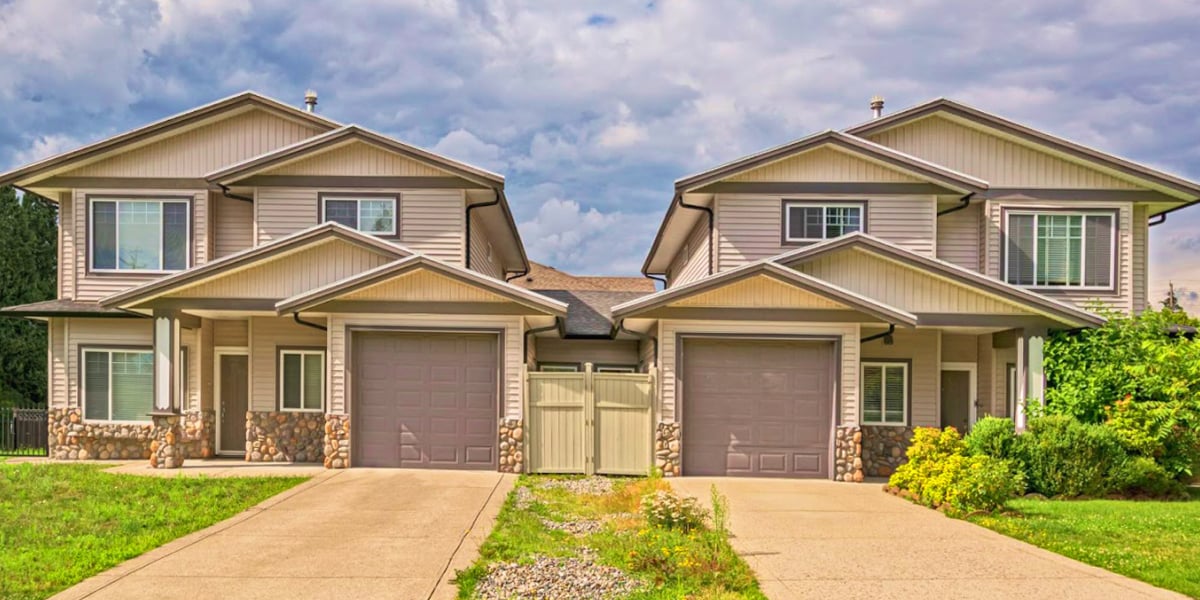
Loan Showdown: Bridge Loans vs. Fix and Flip Loans
Real estate projects have many moving parts, and financing is often the factor that can make or break a deal. When considering the right type of loan for your real estate investment project, it’s essential to understand that hard money lenders offer financing through different types of asset-backed loans.
Bridge loans and fix-and-flip loans are two types of hard money loans used to help real estate investors acquire, develop, and sell properties for profit. What’s important is knowing the difference.
Each loan type has different terms, benefits, and potential drawbacks depending on the project the loan will be used to finance and the property’s value and future earning potential.
Consider these critical differences between bridge loans and fix and flip loans as you decide which is right for you.
Bridge loan basics
So, what is a bridge loan? A bridge loan helps you out when you’re trying to buy a new investment property while you wait to sell a current property. Basically, it acts as a “bridge” between the two sales. Here are a few examples of how bridge loans work and when they might be the right choice:
You need to move quickly
Bridge loans help you secure a property quickly, closing in as few as 10 days, by providing immediate funding when traditional financing options may take longer to process.
To finance renovation and construction
Bridge loans can help you pay for renovations or construction work on a property. Oftentimes, private money lenders can provide up to 100% of the rehab cost.
You’re looking for a short-term loan
Because bridge loans are typically short-term, with terms ranging from a few weeks to several months, they’re intended to provide interim financing until a long-term solution. They’re great when you’re waiting for a property sale to come through but you can’t wait to start working on a new project.
Bridge loans are most often secured by the property being purchased, but sometimes, an existing property in your real estate portfolio may also serve as collateral to secure the loan.
Common terms and features of bridge loans
Bridge loans will often have higher interest rates and fees because shorter-term loans carry a higher level of risk for lenders.
Bridge loans also have varying repayment structures depending on the lender and the specific terms of the loan.
Some of the common repayment structures for a bridge loan include interest-only payments. Borrowers may be required to make monthly interest payments during the bridge loan term. The entire principal amount is repaid at the end of the loan term.
Approval process
Bridge loans typically have a quicker approval process compared to traditional loans. Lenders focus more on the value of the collateral property rather than the borrower's personal finances and credit. Keep in mind that some lenders may still consider your financial stability and credit history.
Fix and flip loan basics
A fix-and-flip loan is also a short-term loan, and this is more like a small business loan. It’s designed to provide financing to buy properties to renovate and sell quickly for a profit.
Here is how fix-and-flip loans work and when you’d use one:
To buy a house you plan to renovate
Fix and flip loans provide funds for purchasing and renovating investment properties. If you find a house you plan to flip, you can apply for a fix-and-flip loan to provide the costs for purchasing and renovating the property.
To finance renovation and construction
Let’s say you’ve already bought a property and need the funds to renovate it. You can seek a fix and flip loan for those renovations.
Common terms and features of fix and flip loans
Like bridge loans, fix and flip loans are short-term loans with terms typically ranging from a few months to a year. The purpose of the loan is to complete the renovation, sell the property, and repay the loan quickly.
Fix and flip loans are typically secured by the estimated property value after renovation. The property serves as collateral to mitigate the lender's risk, so real estate investors can acquire the financing they need without leveraging their personal assets.
Loan amounts
The loan amount for a fix and flip loan is based on the property's after-repair value (ARV), which is the property's estimated value after renovations are completed. Lenders may offer a loan amount based on a percentage of the ARV, often ranging from 70% to 90%.
Renovation funds
In addition to the property's purchase price, fix and flip loans provide funds for renovation or repair costs. Lenders may give you the money, up to 100% of the renovation cost, you need in stages or based on pre-approved budgets at different points in the project.
Interest rates and fees
Like bridge loans, fix and flip loans may also come with higher interest rates and varying repayment terms compared to traditional mortgage loans. They may also include origination fees, appraisal fees, and other associated costs.
Which type of loan should you apply for?
When considering loan terms, hard money lenders offering bridge and fix and flip loans will typically assess your real estate experience and the property's potential value after renovation. That’s what you’ll want to think about, too.
Consider available rate terms, how much you’ll need and how long you’ll need it. As fix and flip loans and bridge loans are both part of short-term financing, your business plans will be a big factor in determining the right type of loan for you.